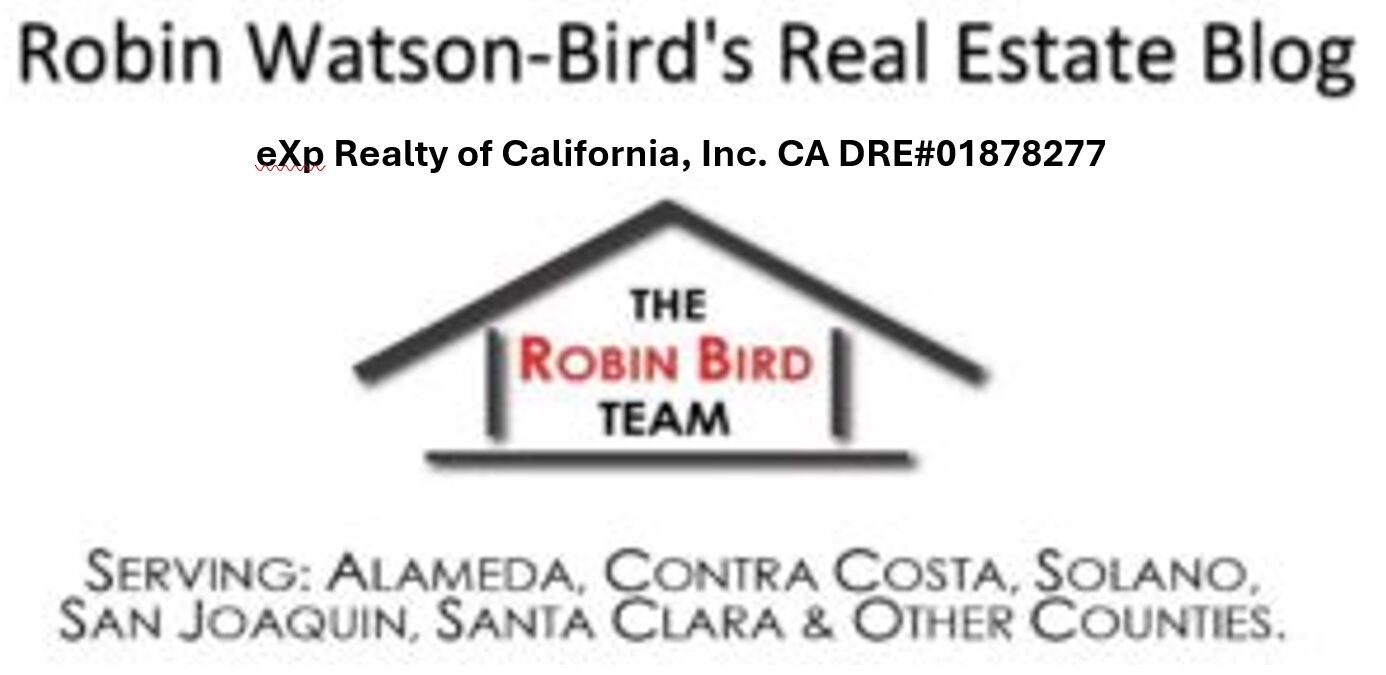As many Sellers who put their home on the market in August hoping to be part of the summer buying frenzy with multiuple offers and over asking price offers are finding out, home sales in Livermore, the Tri-Valley, most of the East Bay Area and across the U.S. are slowing. In some bay area cities, average days on market for active listings is more than 30 days. That is not a bad thing necessarily. It is just a sign that that fall is here, mortgage rates are beginning to rise and hopefully, we will be headed to a more “normal” market and inventory. In a typical market…which we have not seen in almost a decade, we have about a 6 months of inventory on the market and homes may take 1 or more months to sell because of so much inventory. The real estate gossip says that the banks are going to start releasing their “shadow inventory” of foreclosed homes in September. If that happens, that will just increase the number of homes available for sale, giving buyers more choices and as supply and demand dictactes, home prices will either stay steady in most areas or more than likely drop a bit as sellers begin lowering their prices ir accepting less for their homes in order to compete with all the other homes on the market and get them sold.
In Livermore today, there are 10 homes on broker tour today, 94 residential properties for sale with an average of 42 days on market, 167 pending residential properties with an average of 20 days on market. That is almost three times as many homes pending sale now than and about 50% more homes on the market today than we typically had on the market any one day during the summer! So as the calendar seasons change, so is the real estate market.
Have you seen a change in your neighborhoods market? Comment and tell me what you have been seeing where you live.
In this market, if you are considering selling your home, make sure you interview agents and know what them so you do not waste any time getting your home sold. The longer a home is on the market, the less it will typically sell for, so finding the right agent fto list your home is a must!
Since my background is in Education and Psychology, as a courtesy to homeowners in the bay area, I have put together an Agent Selection Guide that goes into detail about How to Choose The Best Real Estate Agent to Sell Your Home. It has facts about selling your home, why some people may choose less experienced agents than others, some of the marketinng an agent should be doing to get you top dollar for your home, the Biggest Mistake A Home Owner Can Make When Interviewing Agents, A Checklist for Selection Factors for Real Estate Agents, and the 10 Key Questions to Ask Agents During the Interview.
If you are thinking of selling your home and would like a copy of my free guide, email me your name, address, and contact info and I will get you a copy as soon as possible. You can use the “Contact Me” tab above.
Check out this article I found from DSNews.com that addresses some of these issues. Below, I have copied and pasted the text from the article at http://www.dsnews.com/articles/rising-rates-prompting-action-from-cash-buyers-2013-08-29 for you to check out.
Rising Rates Prompt Cash Buyers to Act
While higher mortgage rates have been blamed for the slowdown in pending home sales, they may be contributing to an increase in cash purchases, RealtyTrac suggested in a recent report.
In July, about 40 percent of residential property sales were all-cash transactions. The share presents an increase from 35 percent in June and 31 percent compared to July 2012.
Dallas experienced the biggest monthly increase in cash sales, at 82 percent, followed by St. Louis (+66 percent), Los Angeles (+32 percent), Riverside-San Bernardino in Southern California (+26 percent), Seattle (+21 percent), and Phoenix (+21 percent).
Daren Blomquist, VP at RealtyTrac, explained rising rates could be leading to a higher percentage of cash purchases, while “some non-cash buyers can no longer afford to buy, particularly in high-priced markets.”
Overall, RealtyTrac reported an increase in July sales, with sales volume rising 4 percent from June and 11 percent compared to a year ago.
Despite the national gain, sales were still down year-over-year in eight states—California (-17 percent), Alabama (-14 percent), Arizona (-11 percent), Nevada (-7 percent), Georgia (-2 percent), New York (-2 percent), Hawaii (-1 percent), and Oregon (-1 percent).
Of those states, four still managed to post the biggest annual price gains. California led with a 31 percent annual increase in media home values. Price increases in Nevada, Arizona, and Georgia ranged from 20 to 27 percent over the last year.
Among the largest metro areas, the biggest annual declines in sales were concentrated in California, starting with San Francisco (-20 percent), Los Angeles (-20 percent), San Diego (-19 percent), and Riverside-San Bernardino (-14 percent). Other large metro areas with significant decreases were Phoenix (-13 percent) and Atlanta (-8 percent).
On the other hand, sales were strongest in Chicago (+27 percent), Minneapolis (+23 percent), Baltimore (+21 percent), Boston (+20 percent), and Philadelphia (+ 20 percent).
